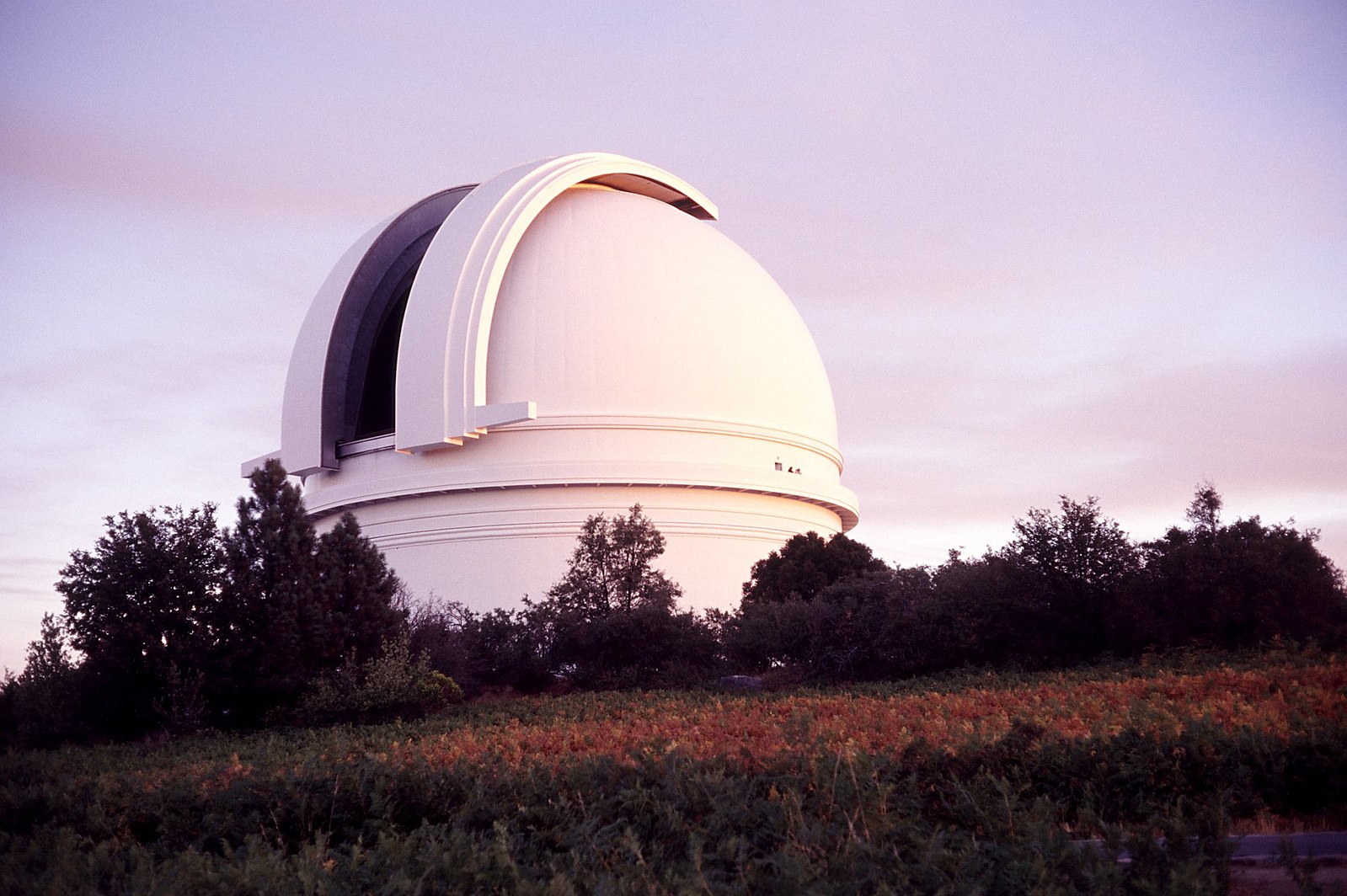How do astronomers work without telescopes?
Astronomers are finding ways to keep investigating the universe despite missing data due to COVID-19 telescope shutdowns
Jackie Appel • February 3, 2021

The Hale Telescope at the Palomar Observatory in California, one of the telescopes that temporarily shut down due to COVID-19 restrictions. [Credit: Matthew Hunt/Wikimedia | CC BY 3.0]
When the coronavirus pandemic put the world on pause, telescopes and the data they provide went down right along with everything else. With direct sky observations suddenly out of reach, much of the work in the field of astronomy was put on hold, at least temporarily.
“I think the proper comparison here is someone who works in a lab, and their lab has been shut down. It just happens to be a lab that’s miles away on a mountain,” said Elena Gallo, an astronomer and astrophysicist at the University of Michigan.
Unlike a typical lab, however, the high demand for telescope time means that most astronomers are lucky to reserve a few nights a year for observation, even outside of a pandemic.
Despite losing nearly a year’s worth of data in 2020, many observational astronomers and astrophysicists are finding ways to make things work. By dusting off neglected projects, reanalyzing old data for new results or refining data rather than capturing it, researchers are getting back on track, determined to ensure that COVID-19 is not the end of astronomy.
For senior astronomers, the interruption was more manageable. According to Don Terndrup, an astronomer at the Ohio State University who studies stellar winds, as these scientists typically have multiple projects in progress at one time, many could rely on back-burner investigations to keep cranking out new knowledge. Terndrup says that he still has so much data that needs to be processed from throughout his career that, if he didn’t want to, he would never have to collect new data again.
Early career scientists don’t have the luxury of data backlogs of their own. They tend to work almost exclusively on one project at a time and build up a repertoire slowly over the course of years. As a result, younger astronomers have had to make bigger adjustments.
Maria Pudoka, an undergraduate astronomy researcher at the Ohio State University, started the year with the intent to study how to get “dirty data” — data that has not yet been touched by scientists — ready for use, a process that she says involves taking the information gathered by the telescope directly from the instrument and “fixing that up to be able to actually use it” using computer code. Now, having lost her late-June observing window due to the telescope shutdown, Pudoka’s new project is to reanalyze light spectra that her team previously published in a 2016 paper, to calculate the ages of stars without additional data input.
For those who can neither start a new project nor fall back on old work, however, finding ways to continue doing science has been especially challenging. Rose Gibson, an astronomy graduate student at Columbia University, is in a particularly difficult spot in the field. She is four years into a 6-year Ph.D. program, and her thesis is on instrumentation, a specialty in astronomy that combines engineering and data analysis to help build observational equipment, like telescopes and the devices that allow those telescopes to turn light into data.
Before the shutdown, Gibson was doing hands-on work on a device housed at the Palomar Observatory in San Diego County, California called the Palomar Radial Velocity Instrument — or PARVI — that Gibson says aims to identify planets outside our solar system using small movements of stars. When she lost all access to the instrument for her foreseeable future, she was forced to shift her focus away from the device and toward writing code to convert the PARVI data into usable scientific material.
“I met with my thesis committee and had this big conversation about how I’m going to proceed now that I don’t have a lot of the data that I wanted,” Gibson says. “It’s been a lot of software writing. And even though I haven’t gotten to observe, I have been able to work on that quite a bit, which has been good.”
For Gibson and many others, the shutdown has brought to the forefront some of the less glamorous parts of astronomy. And though astronomers may have to use their naked eyes instead of fancy telescopes for a while, they’re finding ways to continue teaching us more about everything from the formation of the moon to black holes, making us ever more aware of our place in the universe.